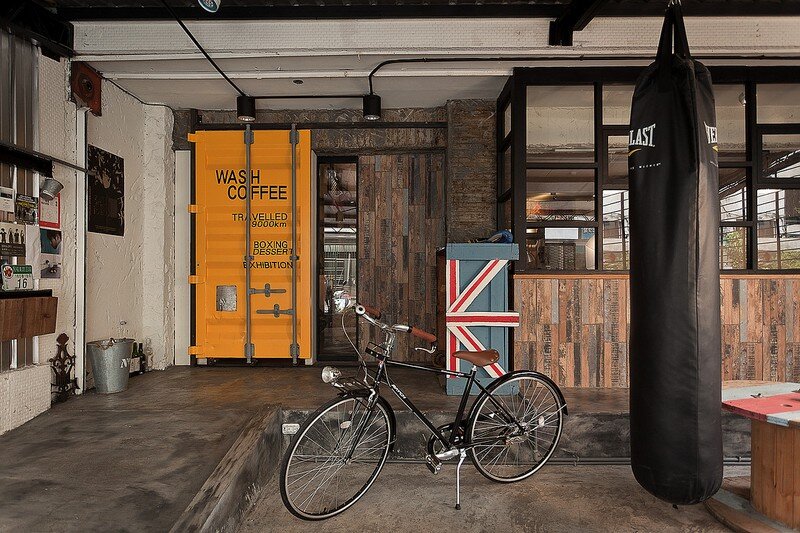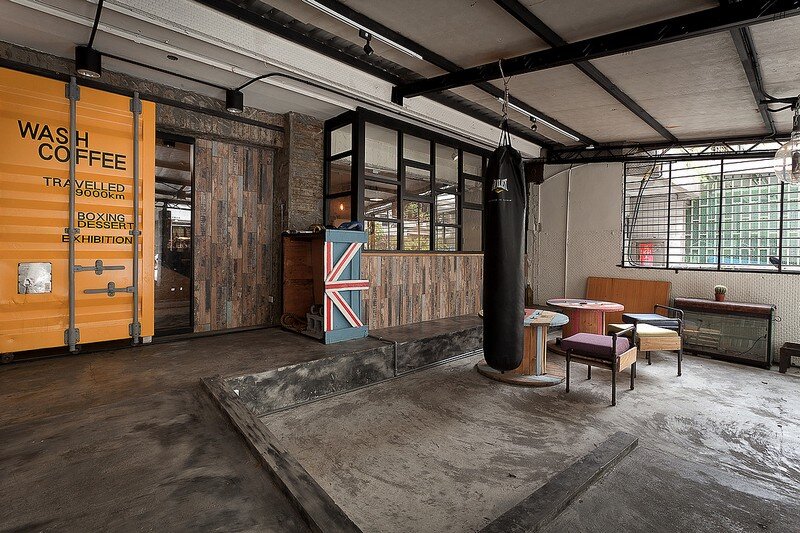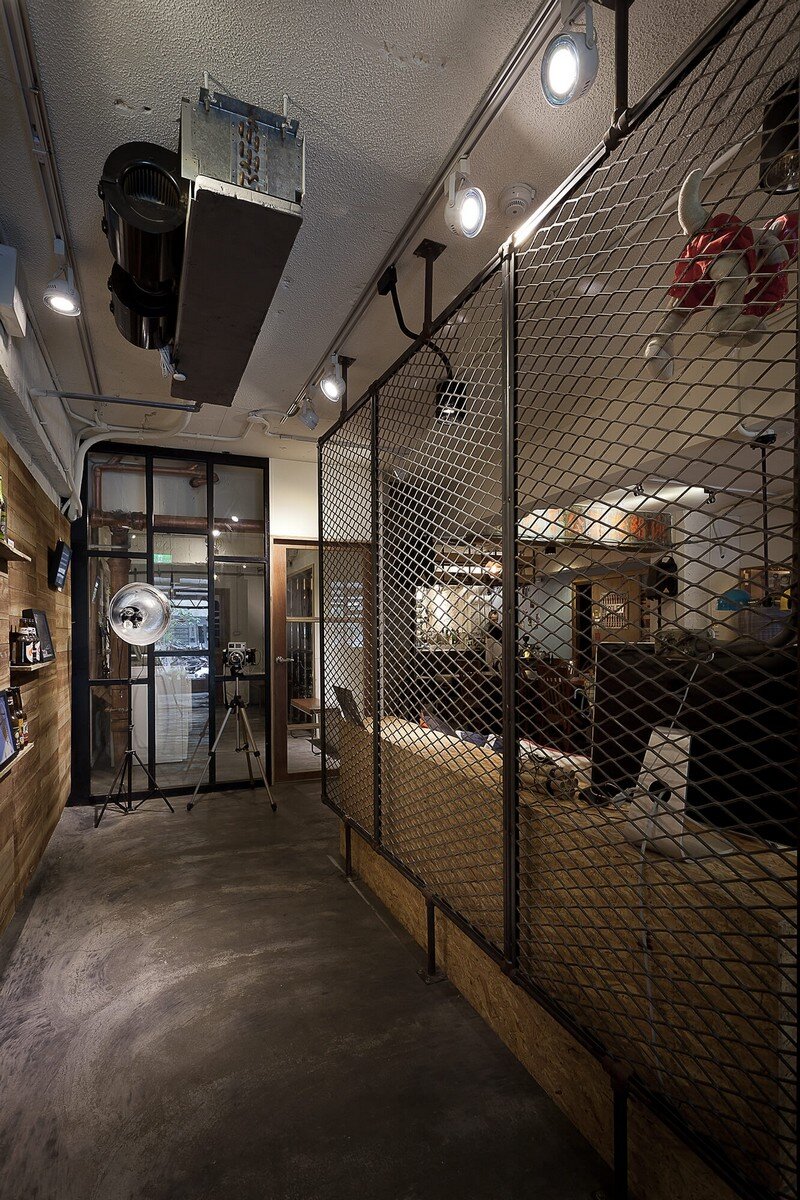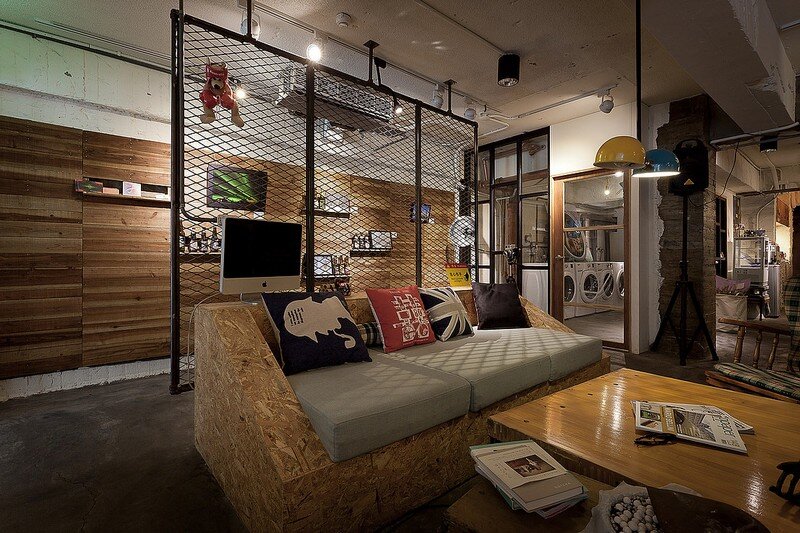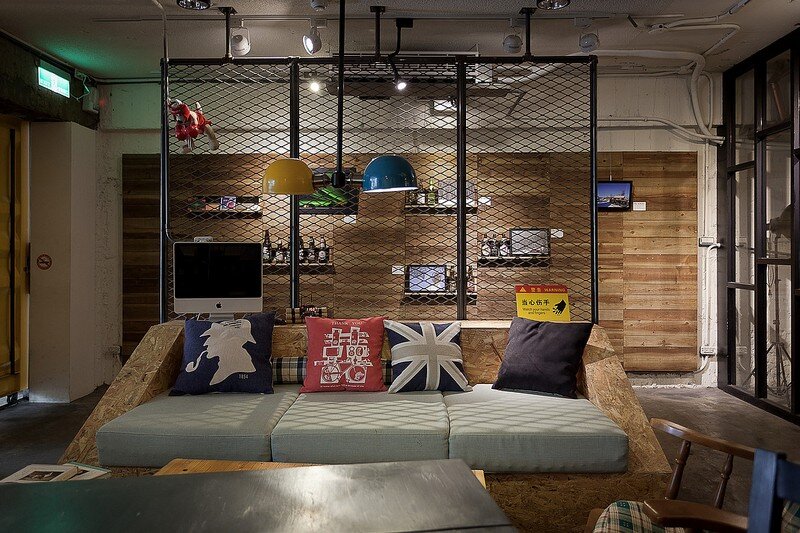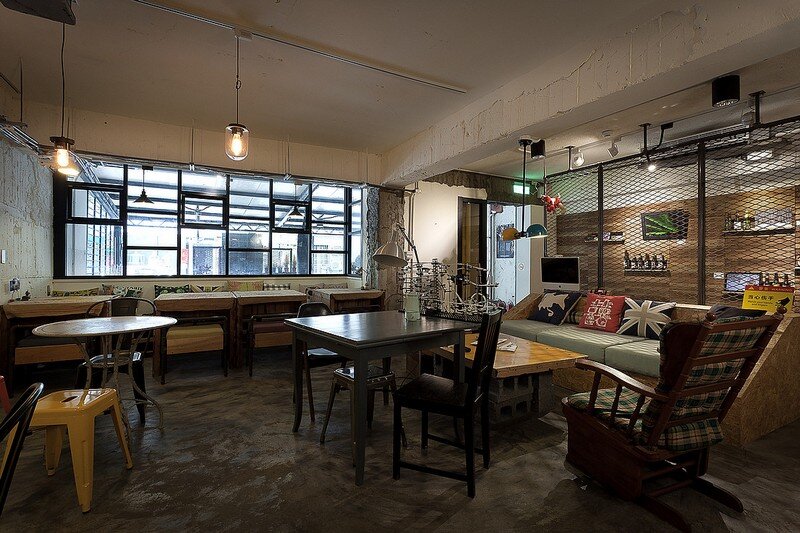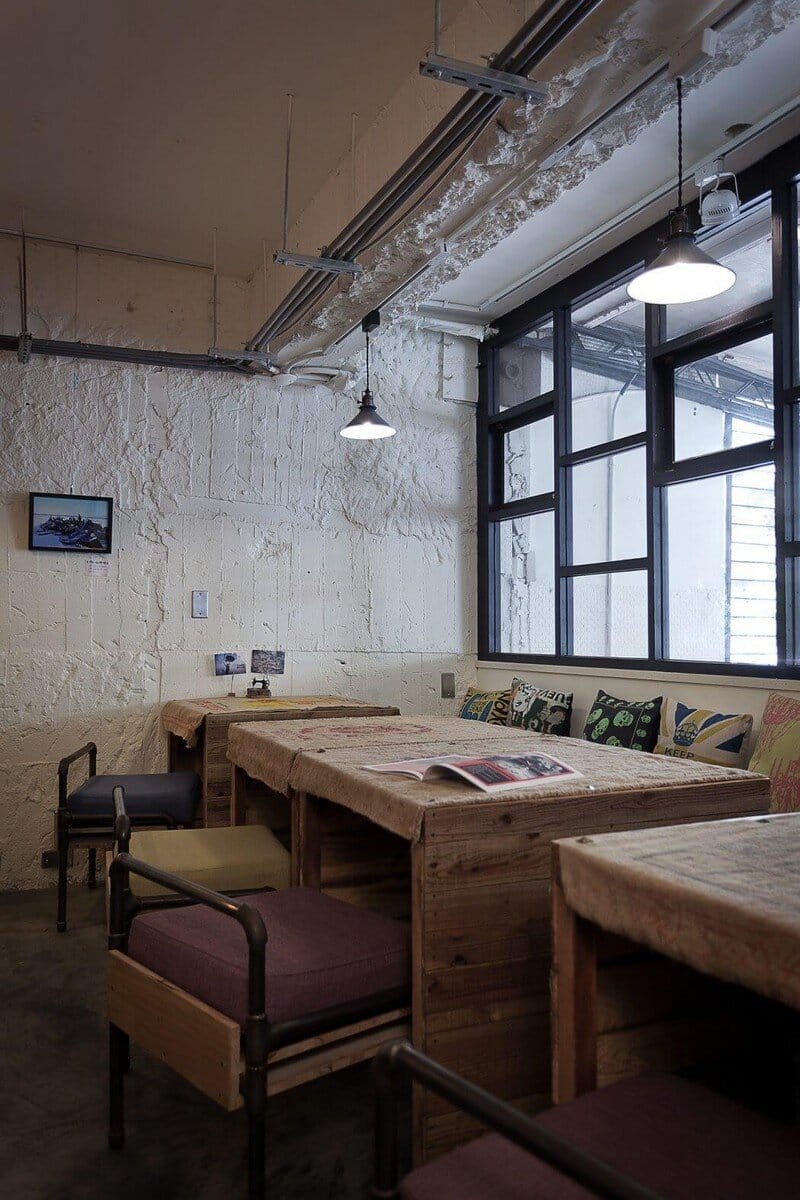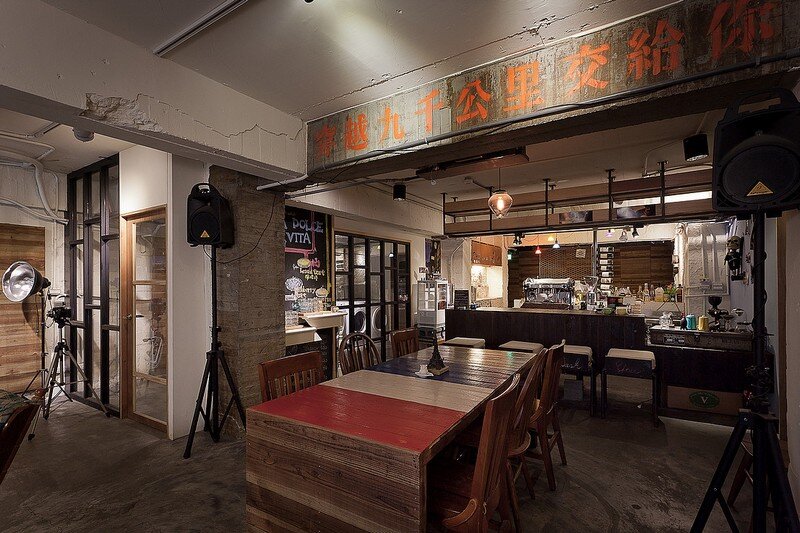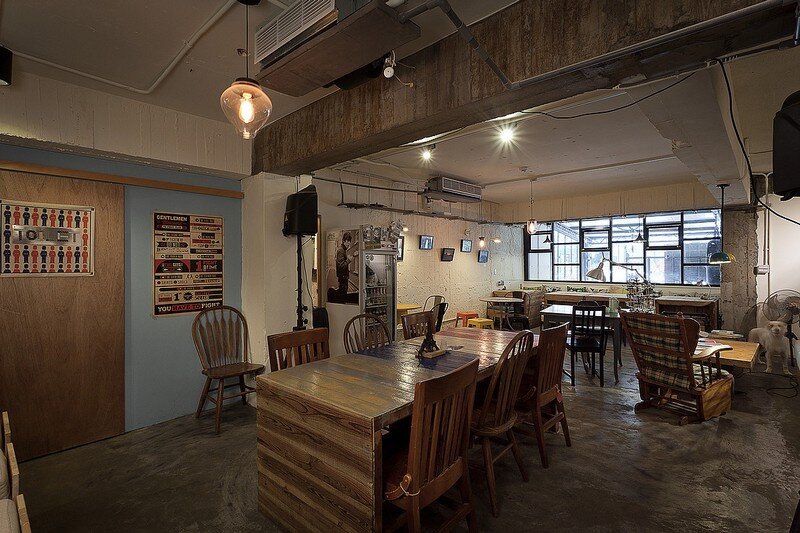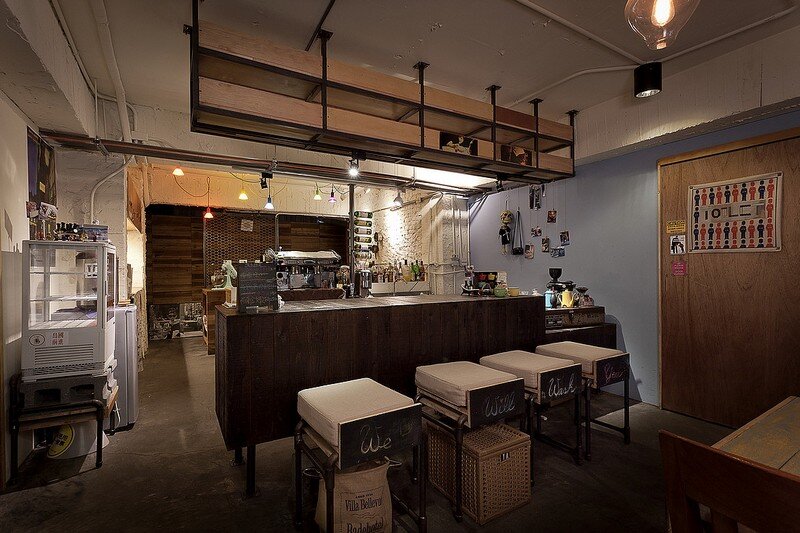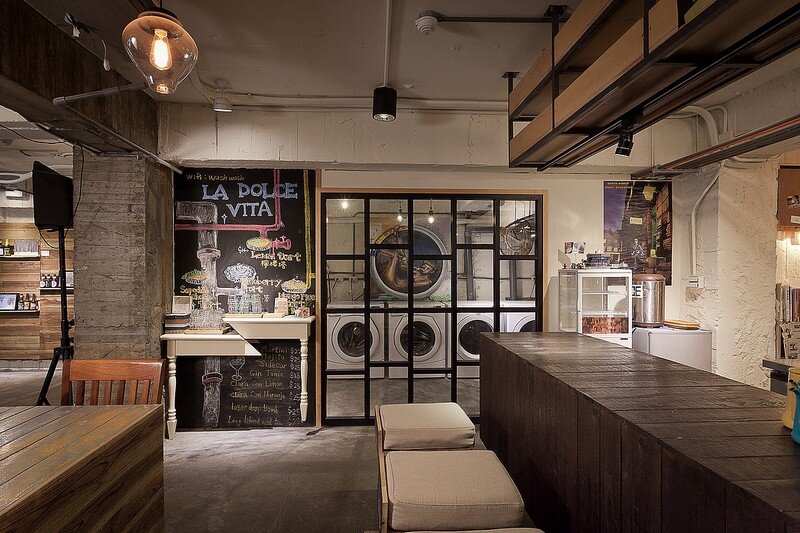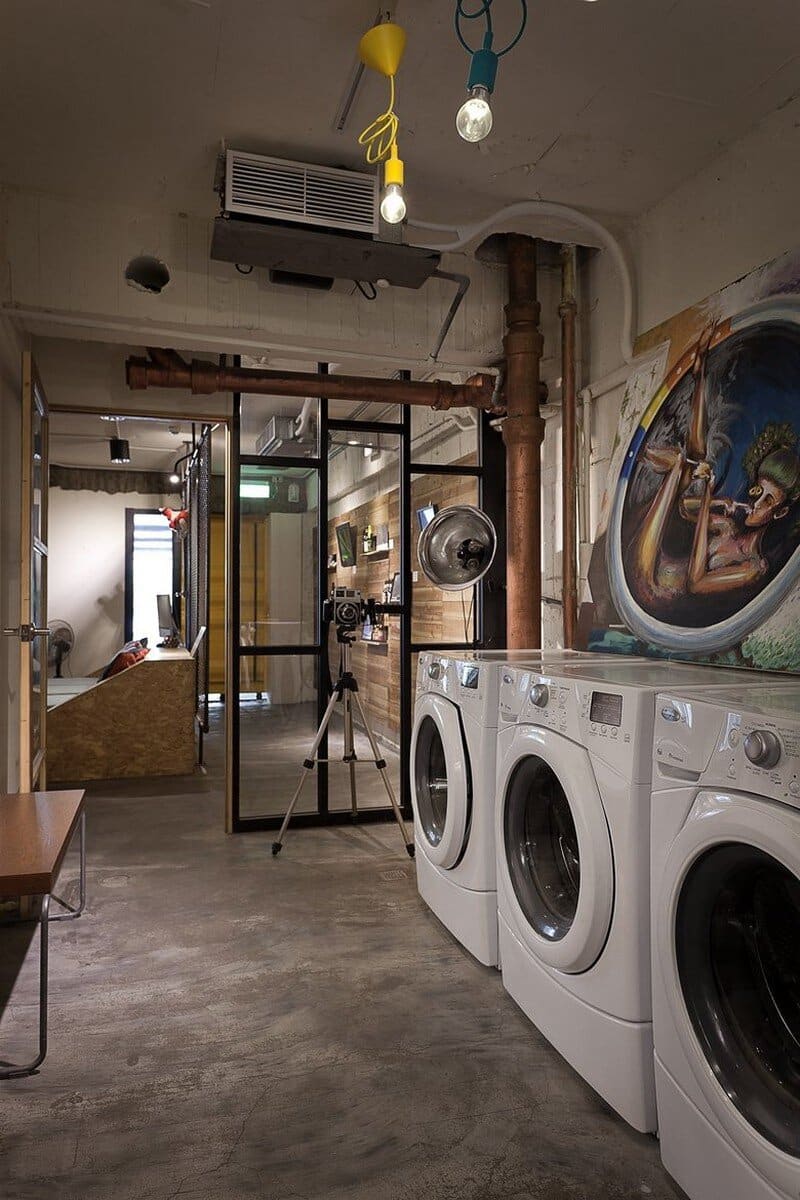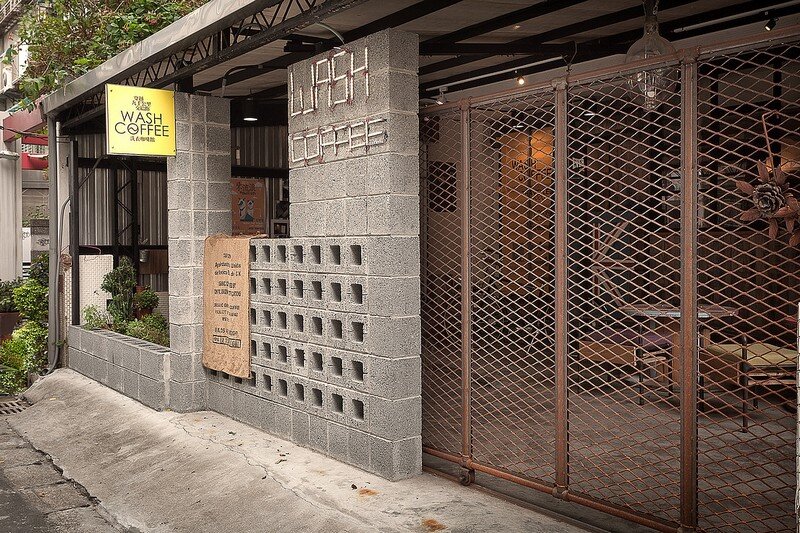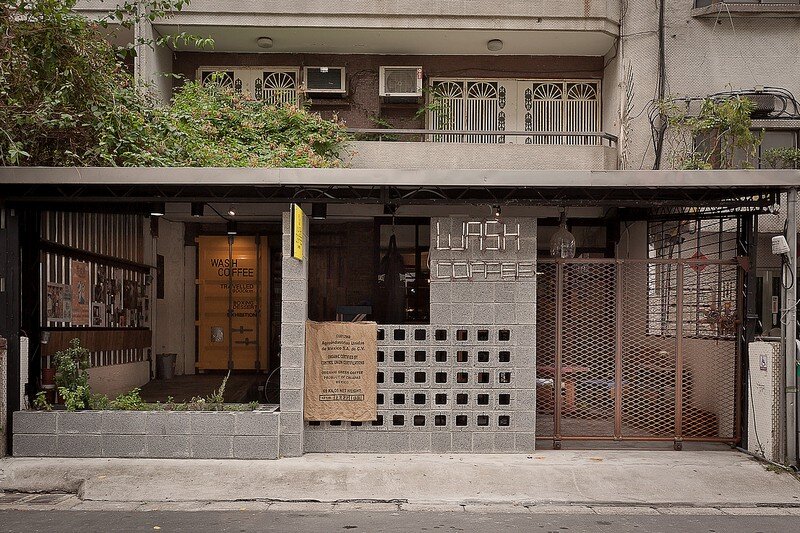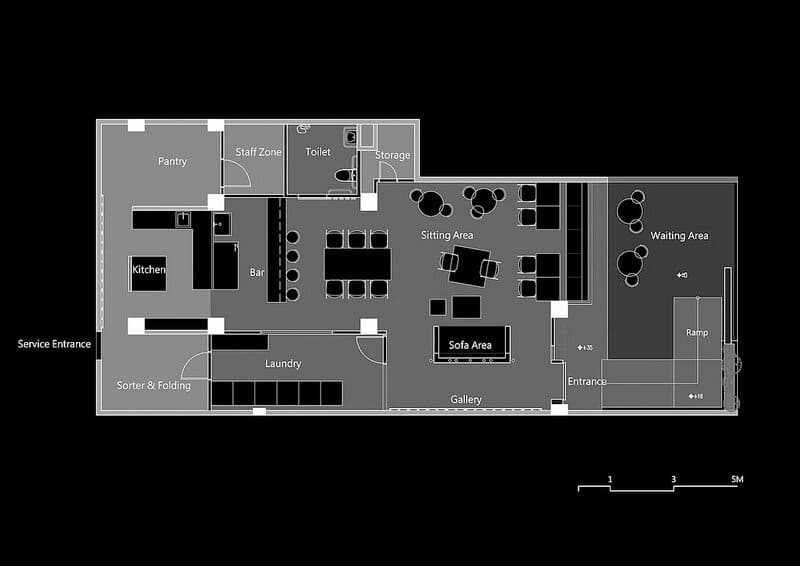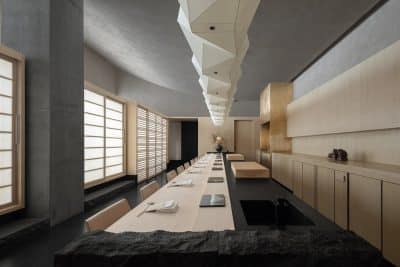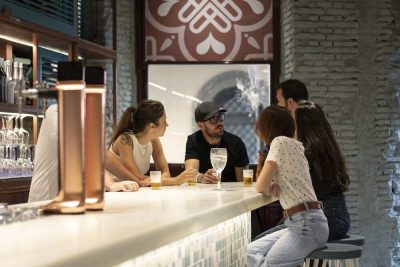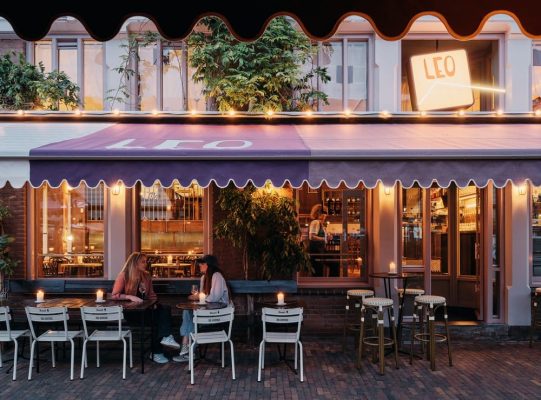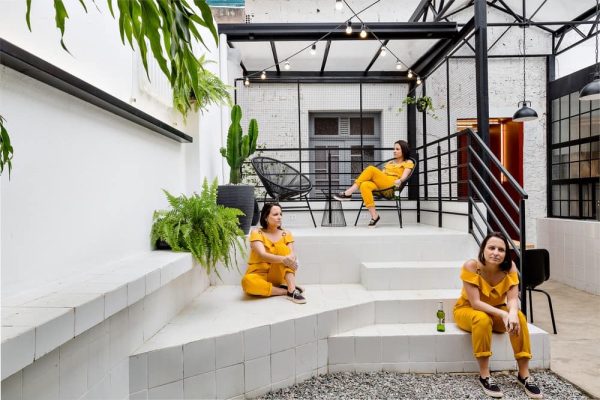Formo Design Studio have designed Wash Coffee, a charming laundry & coffee shop situated in Taipei City, Taiwan.
Project description: This is a very special design proposal, where the client dreams to combine both his passion of pastry and the daily chore of laundry. The contrasting elements of the routine and ephemeral fill the imagination for this unique opportunity.
The client spend much time in learning traditional French pastry. However, he is not looking for the presentation, but the quality and taste. He wants to create a memory, where the food inspires the sense of belonging, and comfort. The simplicity of natural ingredients further enhance our desire to design a space without pretentious.
Most furnishings are made of construction materials and used goods. We strip most of the finishes off from the walls. The client and us feel that the diversity of materials brings much warmth and comfort to the heart. It reminds us about the unorganized clutter of home, and put forth the honesty that we so strive to present.
We imagine a place where doing the mundane laundry is accompanied by a mug of breakfast coffee. The smell of pie fills the room; the mundane no longer be bored, but filled with potential of surprising encounters: with people, with food. We strive to design an oasis where local artists, and public confluence for a good time.
It is an unique design case, and it is a combination of food, laundry, art, and people. The rustic and bared interior; the smell of fresh cloth and espresso; all are in the big heart of our client, which is ultimately the driving force of all the elements.
Design: Formo Design Studio
Project: Wash Coffee / Laundry & Coffee shop
Location : Taipei City, Taiwan
Area : 133 sqm
Photographs: Mark Hsu
Thank you for reading this article!

